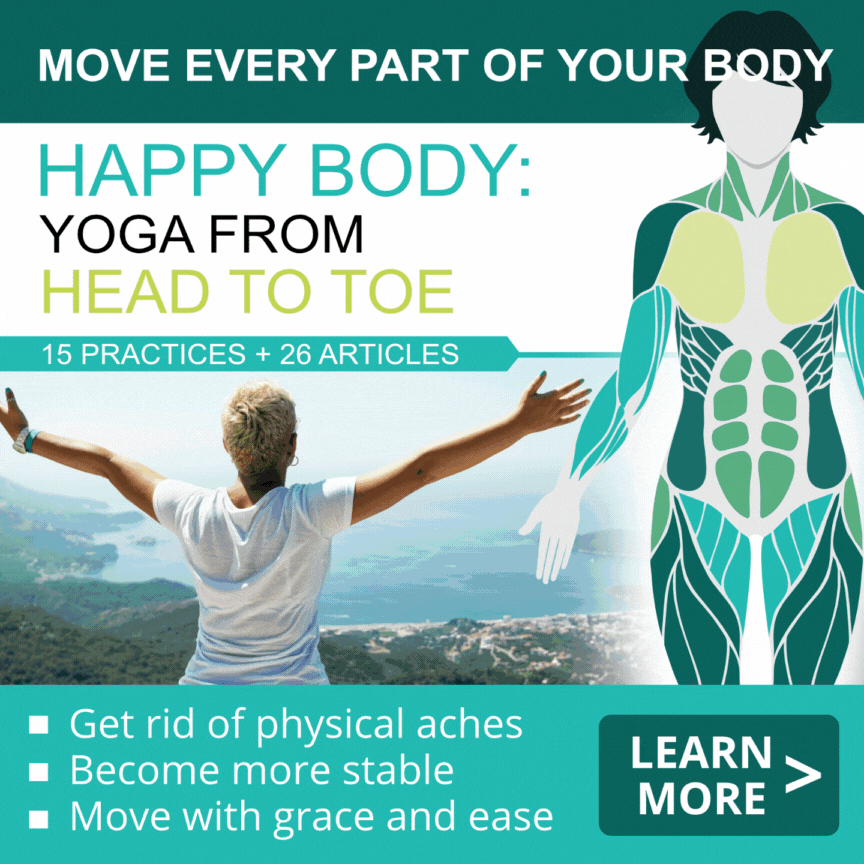Hi anxiety. Nice to meet you?
0
by Alison Wesley, Registered Yoga Therapist and Franklin Method Educator
Just try preparing for a test or think about giving a speech to a large group of people, and possibly you’ll get to experience the symptoms of anxiety – sweating, trembling, heart pounding, rapid breathing and trouble concentrating on anything other than the issue at hand.
Although irritating if you’re trying to prepare for something important like an exam, worry does have a functional purpose in nature: to alert us to potential threats and to get us ready to act. The symptoms themselves are actually very useful if we need to act quickly (aka run away from a tiger). The issue comes when there’s no actual tiger and hence, no running. The body experiences the same response to fear and prepares itself with hormones like adrenaline and cortisol via the sympathetic nervous system.
Adrenaline (aka epinephrine) is that initial surge that creates a faster heartbeat to bring more blood to the muscles, heart and vital organs. If you need to run, you’ll need that burst of blood flow. The smaller areas of the lungs open up to bring in more oxygen, and there’s more oxygen sent to the brain, which allows for hyperfocus and sharpness of the senses. Digestion goes on pause and the eyes dilate. As adrenaline creates the initial response, cortisol is what allows the reaction to continue until the threat passes. When there’s no longer any threat, digestion starts back up again and the heart rate and breathing slow thanks to the parasympathetic nervous system.
Someone dealing with anxiety can understand intellectually that something isn’t that big of a deal, yet still have the physiological response of intense and persistent concern about it. It can be disruptive to their work, relationships and sense of self. For those of us who have experienced anxiety in daily life, it can feel like there are tigers everywhere, like we’re always preparing to run. It can be exhausting and might end up in disrupted sleep, headaches, dizziness and muscle tension. The more one experiences anxiety and/or panic attacks, the more stress hormones are released on a daily basis. Basically, we become what we practice. If we perceive danger around every corner, our body will get ready to fight/flee/freeze, which becomes our experience.
The first step to dealing with anxiety is to notice it’s happening and learn more about the triggers and the response in our own bodies. And along with yoga, movement, healthy breathing and meditation (which we’ll cover in the next few blog posts), understanding anxiety and “meeting it” can help deal with it.
Personifying it is one strategy. In my life, I can think of a couple of well-intentioned friends who are always trying to help by preparing for the worst. Taking a trip with them can be frustrating in some ways, but they’re also the friends who remembered to pack the First-Aid Kit or who bought the trip insurance. They use worry and turn it into preparedness.
We can name that anxiety response after that always-prepared-for-the-worst friend. “Hi, Sandra, thanks for coming. I see you’re here to help.” In the example of traveling with my friends, the outcome they’re trying to prepare for is obvious. Someone might fall and get hurt on this hike, so we should bring bandages. There’s a solution for the concern. Packing the bandages is the action that has a chance at calming that worry.

In some situations, though, it’s not so easy to know what we’re afraid of, which makes it less easy to find a solution, but taking action or making a plan can help just the same. “Sandra” (aka my rapid heartbeat, sweating, etc.) might show up to help me prepare as best as I can, which means I need to let her help because she won’t be satisfied otherwise. Try making two columns on a piece of paper: one for the worry and one for the action steps/plan. Let’s say the worry is something vague, like a general fear of what will happen in the future. It can help to jot down as many details as you can: retirement, health, etc., and to see the plan you have right next to it. The beauty is, it’s sort of a mental trick, and yet it still works. Is it a plan you’ll stick to 100%? Probably not, but by performing the act of thinking through the outcome and making a plan, it can feel like you got to run away from the tiger. Like you’ve DONE something. Like you’ve packed bandages.
No one wants to be surprised by anxiety or panic attacks, but possibly by getting to know it better, appreciating that it’s rooted in function, we can greet it when it shows up. Next time we will talk about using specific cues in our yoga teaching that can help students with anxiety – tune in!
[jetpack_subscription_form]

Alison Wesley is a Faculty Franklin Method Educator and Registered Yoga Teacher/Therapist in Portland, OR. She started Working with Yoga in 2008 (now Movement at Work) as a way to reach folks who might not be going to studios/gyms, making movement accessible where and when people work. Alison assists Franklin Method Teacher Trainings and co-wrote Understanding the Pelvis: A Functional Approach to Yoga with Eric Franklin. She designed and leads mobility classes for back care at Rebound Physical Therapy and has a therapeutic movement video series called ThrUMovement. Along with geeking out about movement, anatomy and mental training, Alison kickboxes with her father, plays music with her husband, spends hours trying to train her two German Shepherds, dances salsa and will endlessly be studying Spanish.



















